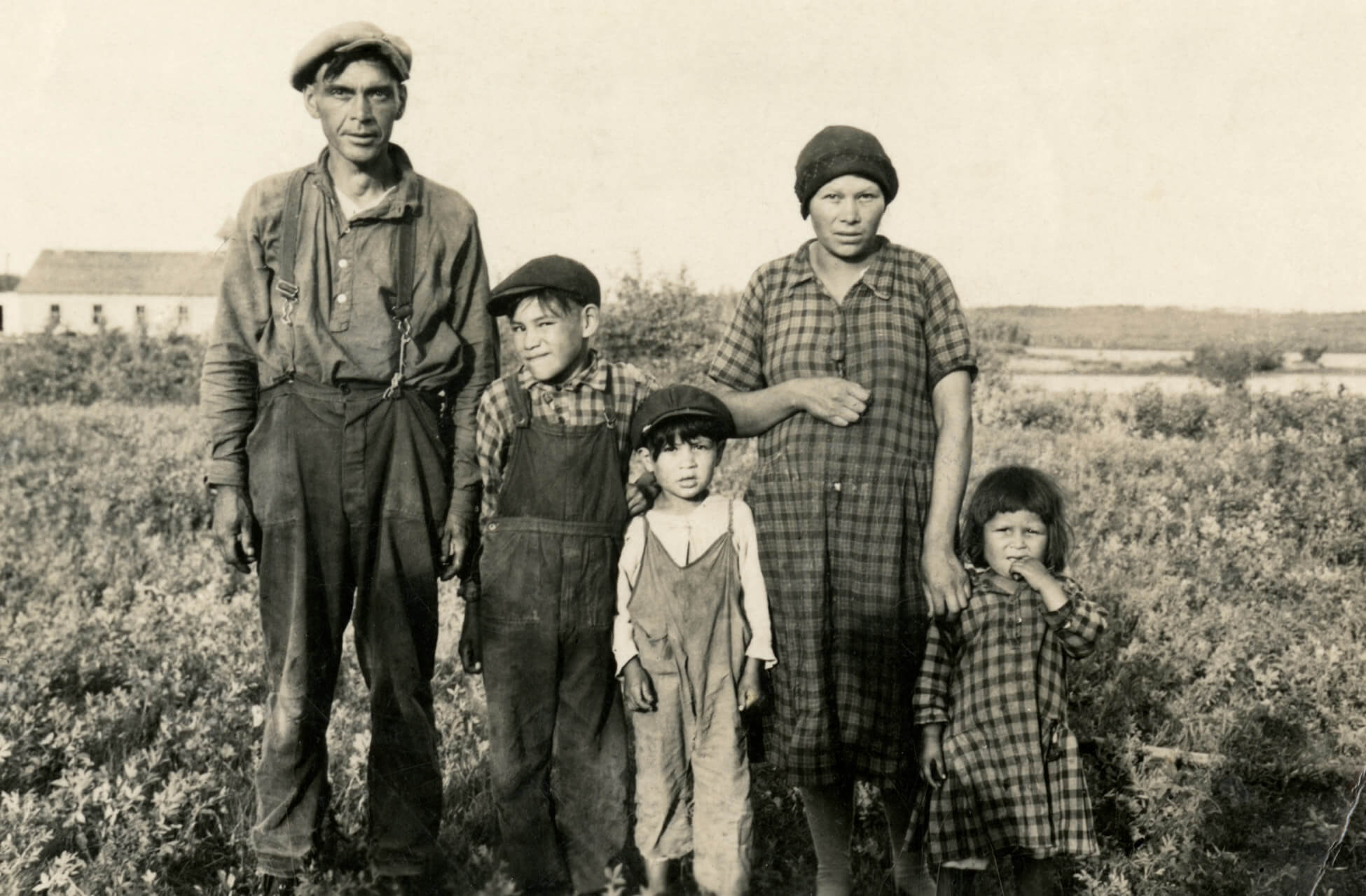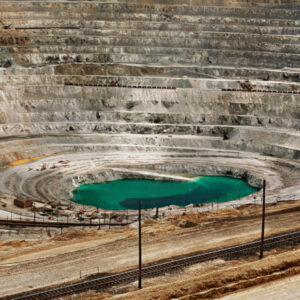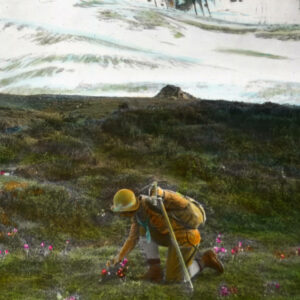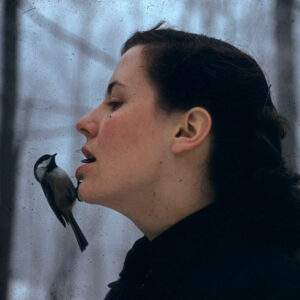James Patrick Brady (1908, St. Paul des Métis, Alberta–1967, Northern Saskatchewan)

The Trottier Family at Fishing Lake, Alberta, 1936
Gelatin silver print
Glenbow Museum, Calgary
Métis photographer, political organizer, and activist James Patrick Brady (1908–1967) portrayed the Trottier family at a pivotal moment, when changes to hunting and land-use regulations threatened the livelihood of their community in the Fishing Lake region of Alberta. The family resisted the provincial government’s decision to open the area for colonial settlement by refusing to relocate, and Métis artist and scholar Shelley Farrell Racette describes the 1936 photograph of the Trottiers as marking a Métis political resurgence.
-
James Brady, Abraham Plante, Trapper, c.1930s
Gelatin silver print
Glenbow Museum, Calgary
-
James Brady, Malcolm Norris Hanging Nets, 1934
Gelatin silver print
Glenbow Museum, Calgary
-
James Brady, Outdoor portrait of Veronique Goulet, née Carriere, Cumberland House, 1949
Gelatin silver print
Glenbow Museum, Calgary
Born near St. Paul des Métis, Alberta, Brady had deep family ties to Métis activism. His maternal grandfather, Laurent Garneau, was friends with Métis leader Louis Riel and participated in the resistance movement in 1885. Brady himself became an important figure in socialist politics and the struggle for Métis self-determination, and his photographic work was an extension of his political advocacy, as well as an expression of Métis values. For instance, in his photograph of Abraham Plante, the trapper is shown with his dog and rifle outside a log cabin. Brady recognized self-sufficiency as an important aspect of Métis masculinity associated with outdoor life.
A notable body of work by Brady is from the northeast Saskatchewan settlement Cumberland House, a predominantly Cree-speaking Métis community where he worked for the province’s Department of Natural Resources. As an outsider to the community, Brady was initially treated with suspicion, but he used photography to break down barriers and connect with people. Between 1948 and 1951, he produced a series of portraits of all the adults and many of the children in Cumberland House. Like much of Brady’s work, the full-length portraits portray the people as proud, independent, and committed to their community. For Brady, photography was both a personal pastime and a professional and political tool of resistance against settler colonialism.

 About the Authors
About the Authors
 More Online Art Books
More Online Art Books
 Acknowledgements
Acknowledgements